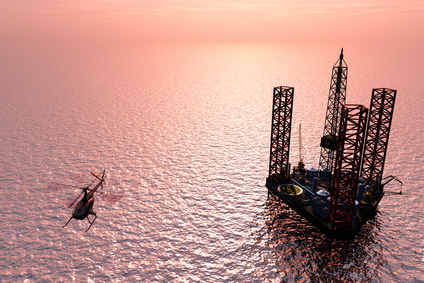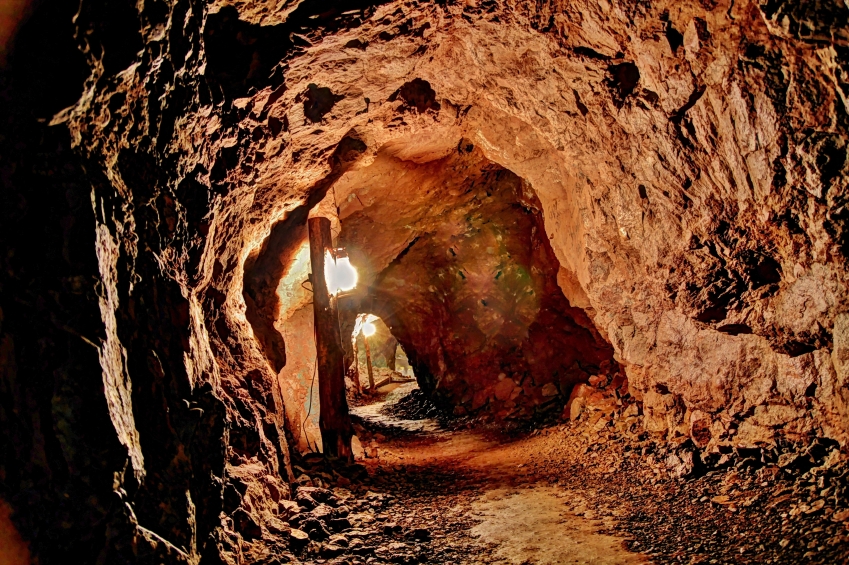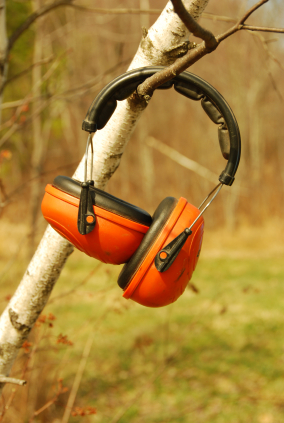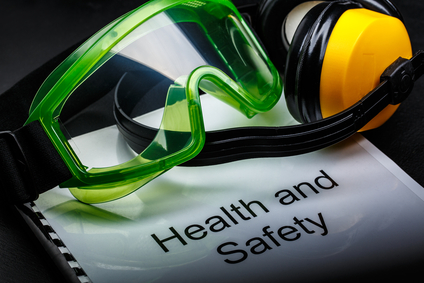Helicopter Safety Offshore
 Helicopter Safety Offshore: Keeping Workers Safe
Helicopter Safety Offshore: Keeping Workers Safe
Worker safety is a major concern for any industry. For offshore oil rigs it is especially important since the workers are confined to an oil rig platform, surrounded by nothing but the high seas.
Working on an offshore rig is considered one of the most trying jobs on the planet. The challenges range from the rig workers needing to live and work in confined spaces for an extended period of time, to dangers such as fires, hurricanes and equipment malfunctions.
With offshore rigs located several hundred miles out at sea, it’s important that oil and gas companies have an effective mode of transportation to extract employees in case of an emergency. With this in mind, helicopter safety offshore, and overall rig safety is a serious topic that companies with rigs, located in Canada or elsewhere, need to contend with.
Training and Equipment Involved in Offshore Safety Practices
Currently, the most effective mode of transportation linked to offshore rig evacuation is the helicopter. Being able to utilize it in almost any weather condition, along with the ability to maneuver it in tight spaces, makes the helicopter a great option for rescue situations. Furthermore, storage is valuable as a rig rescue may require additional equipment, such as early weather prediction equipment and warning beacons.
Employers also need to invest in proper training to help their employees be prepared for emergency situations. Obtaining Basic Survival Training Certification so that your personnel can keep themselves and their colleagues alive in case of danger could proof to be a lifesaving investment. Some of the recommended training is to have health and safety forums, know the proper procedures for fire emergencies and learn emergency helicopter escape protocol, in case a rescue helicopter was to go down. Training should also include instruction on the proper use of warm wet suits, which rig workers are required to use if they have to abandon the rig before a rescue team can get to them during a storm.
This is a prime example of the fact that offshore safety is more than just having an effective mode of evacuation transport. In some situations, you will find that the rig workers may need to wait for some hours before help can reach them. Being able to stay safe after abandoning ship is a very important part of the safety training.
Preparing Rig Workers for Helicopter Rescue
In most situations, weather surveillance equipment will issue bad weather warnings well before a weather system reaches the offshore oil or gas rig. If there is an indication that storm weather will affect the rig, it will notify the team to execute helicopter evacuation procedures. It is important for rig workers to receive proper safety training regarding helicopter evacuation. Some safety precautions covered in this training may include:
- Ensuring the rescue harness is fastened correctly, before being hoisted;
- Learning how to combat sway while being hoisted in to the helicopter;
- Handling water rescue operations, since you may be in water when being rescued.
With oil and gas rig workers located hundreds of miles from the mainland, it’s important that they be prepared for every possibility. This is especially true today, as climate changes have made weather systems more extreme. Only by being prepared, getting the proper training and using the latest technology and equipment to promote offshore safety, can accidents and injuries be avoided while working on offshore rigs.









